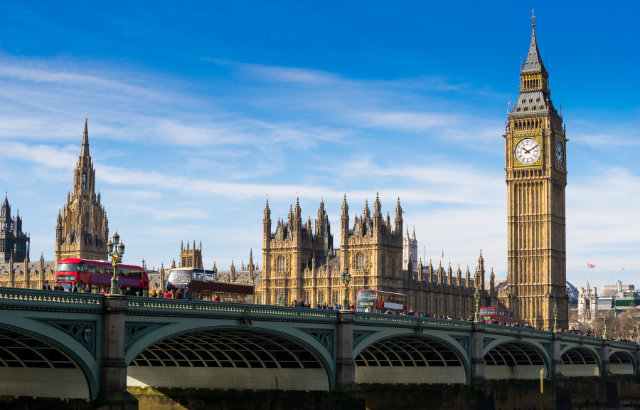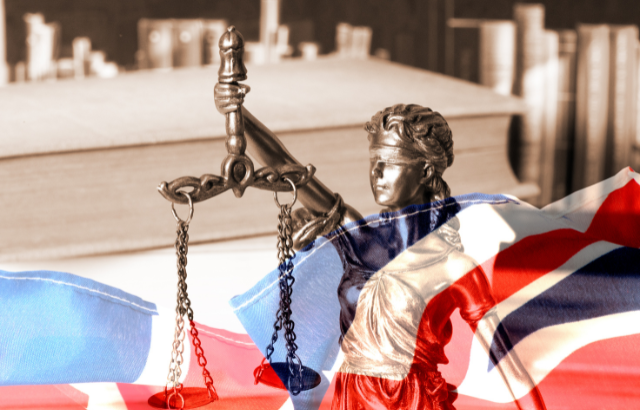Essex pub dispute: do people really still think golliwogs are ok?

The landlady of a pub in Essex has been expressing bemusement about the complaints of “snowflakes” after her display of golliwog dolls attracted the attention of the county’s police – only for them to be told, reportedly by the home secretary Suella Braverman, that they shouldn’t be wasting their time on such “nonsense”.
Six years ago, a not dissimilar incident unfolded in a café at the foot of the South Downs in Sussex, where the proprietors’ insistence on displaying a golliwog behind the counter prompted a complaint from a dismayed member of what Braverman terms the tofu-eating wokerati (namely me). On that occasion, however, it was the proprietor who called the police on the snowflake – even if, much to my disappointment, they never turned up in the end.
That incident prompted me, with the help of the polling organisation YouGov, to do a spot of survey research on public attitudes to golliwogs in England, Scotland and Wales. Was I a hopelessly politically correct outlier? Could I possibly be entirely alone in feeling more than a little uncomfortable about them?
The results were, to use a cliche, shocking but not surprising, at least to me. It turned out that some 63% of the public didn’t think it was racist to sell or display a golliwog doll – although, interestingly, slightly fewer people (53%) thought it “acceptable” to do so. Those who thought it was racist made up just 20% of the sample, and those who thought it unacceptable 27%. The rest said they didn’t know.
But that was then, this is now. The Black Lives Matter movement and the support given to it by prominent celebrities (not least some English footballers) has since loomed large in the national debate. Its advocates might reasonably expect attitudes to have shifted in their direction. And given there were pretty big differences between the attitudes of younger and older people in 2017, as well as between graduates and non-graduates, they might expect demographic change and the expansion in higher education to have helped too – if only at the margins.
YouGov was kind enough to repeat the exercise this week to see whether such a shift had indeed occurred. And lo and behold, it had – although not for everyone.
Six years ago, a majority said selling or displaying a golliwog doll wasn’t racist. Now it’s a minority. True, that minority still makes up nearly half the population, but a 15-point drop from 63% to 48% in a little over half a decade seems pretty significant. Meanwhile, the proportion of people who think it is racist has gone up from a fifth to just over a quarter (from 20% to 27%), with another 25% (up from 17% in 2017) opting for “don’t know”.
There’s been a similar “progressive” shift when it comes to whether selling or displaying golliwogs is or isn’t acceptable. The proportion of people who think it is acceptable has dropped 14 points from 53% to just 39% since 2017, with the proportion who think it isn’t rising from 27% to 34%. There’s been an identical increase (from 20% to 27%) in those saying “don’t know”.
Age continues to play a huge part in all this: a stunning 74% of those aged 65 and over continue to insist that selling or displaying a golliwog isn’t racist – a view confined to a mere 13% of 18- to 24-year-olds.
Among the older group, 64% say it’s acceptable to display one. Only 10% of the younger group agree. Education also continues to matter: twice as many graduates (42% – up 11% on 2017) as non-graduates (21%) say it’s racist.
There are, too, significant differences on both counts between those living in an ethnically diverse city like London and other parts of the country, and between middle- and working-class people, with those living in the capital and middle-class people more likely to brand the selling or display of golliwogs as racist and unacceptable.
What’s most striking, though, is the difference partisanship still plays in people’s attitudes. Only 13% of Conservative supporters and people who voted leave in the 2016 Brexit referendum think selling or displaying golliwogs is racist.
That figure (more or less depressingly, depending on your point of view) represents an insignificant change on six years ago. It is also dwarfed by the 47% of Labour supporters and 42% of remain voters who think the same about displaying these dolls.
Essentially, when it comes to golliwogs at least, the times are changing. Unless, that is, you’re old, less-educated, a Tory, a “leaver”, or a certain pub owner in Essex – in which case you’re more likely to be heard singing the same old song, and will probably continue to do so until, eventually and inevitably, your voice falls silent.
This article first appeared in The Conversation on 12 April 2023.
Related items

10 December 2024

9 December 2024

6 December 2024